Slavery, Terrorism and Islam – The Historical Roots and Contemporary Threat
£13.30
Dr. Peter Hammond’s bestselling book: SLAVERY, TERRORISM & ISLAM – The Historical Roots and Contemporary Threat is a fascinating, well illustrated and thoroughly documented response to the relentless anti-Christian propaganda that has been generated by Muslim and Marxist groups and by Hollywood film makers. As Karl Marx declared: “The first battlefield is the re-writing of History!” Slavery, Terrorism and Islam was first published in 2005 and quickly sold out. It earned Dr. Peter Hammond a death threat “Fatwa” from some Islamic radicals. We have included the story of that in an appendix of this book. Slavery, Terrorism & Islam sets the record straight with chapters on “Muhammad, the Caliphas and Jihad”, “The Oppression of Women in Islam”, “The Sources of Islam” and “Slavery the Rest of the Story”. With over 200 pictures, maps and charts, this book is richly illustrated. It consists of 16 chapters and 13 very helpful appendixes including demographic maps of the spread of Islam, a Glossary of Islamic Terms, a comparison of Muslim nations’ military spending vs. their national prosperity, a chart on how Jihad works depending on the percentage of Muslims in the population and guidelines for Muslim evangelism.
Read more
Additional information
| Publisher | Frontline Fellowship (10 Jun. 2021) |
|---|---|
| Language | English |
| Paperback | 288 pages |
| ISBN-10 | 0980263999 |
| ISBN-13 | 978-0980263992 |
| Dimensions | 14.8 x 1.65 x 21 cm |


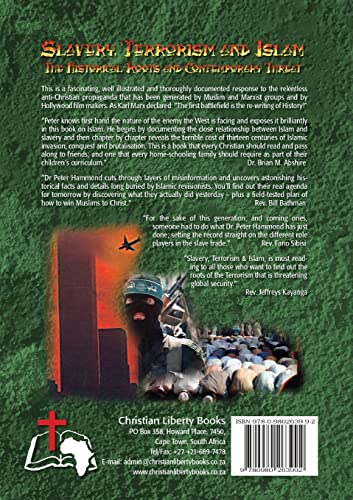
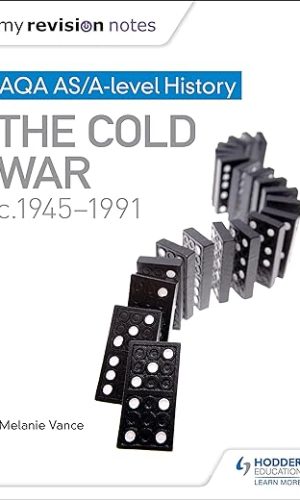
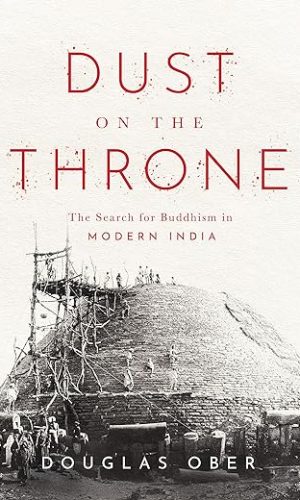
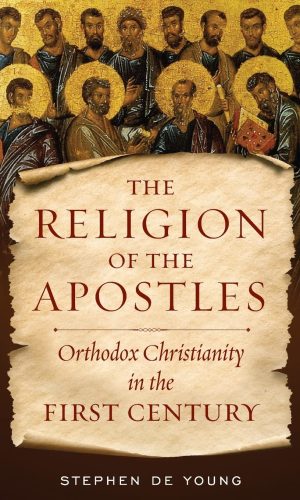
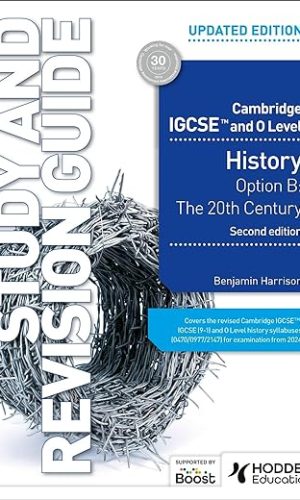
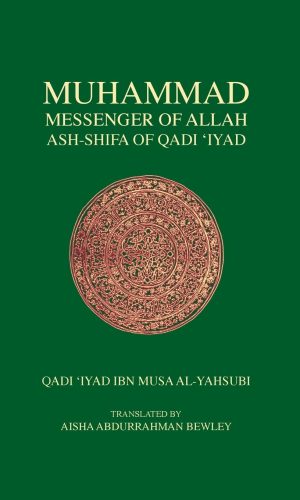
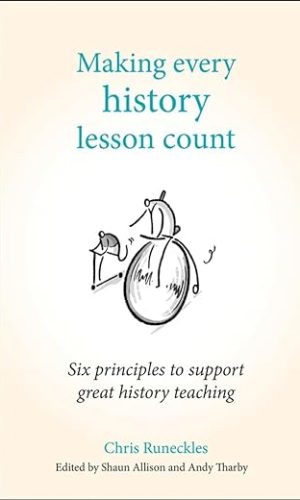
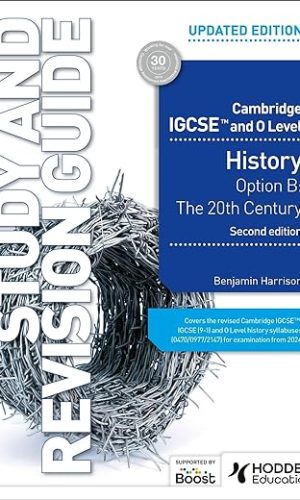
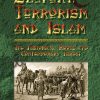
by Amar Limbachia
It’s this propaganda tripe that allowed the final solution to get soo much public backing. No mention of the positives created by Islam. No mention of the devastation caused by the crusades or the economic social effects. Historical roots of trade, Modern trade effects, creation of Israel and subsequent social economic trends, aid distribution. Science astrology, medicine passed to humanity. The influence of the west in the middle east. Empire days, capitalism being forced on populations ie Iran in the 1950s and American. Many of today’s issues are based on issues unresolved from the recent past. Please consider the ideals of peace and truth before believing in propaganda. We are all human and equal no matter what authors, priests, or the rich say white is just as equal as black that’s what we need to push as a true value, diversity encourages new thought and invention, just as history has shown
by Adrian Clark
Shatters the Illusion promulgated within the western narrative that Islam is a religion of peace by exposing the bloody history of violent conflict initiated under the leadership and life of their leader Mohammed. Hammond provides the referenced facts that would be rather embarrassing for the likes of Prime Minister Cameron when you consider he stood on the steps of 10 Downing Street proclaiming the death of Trooper Lee Clegg had nothing to do with Islam. This is a necessary read for those who desire a clearer perspective on the history and culture of the Middle East. Furthermore, as someone who has Muslim friends I’ve found it a really helpful springboard for discussing the impact of the Islamic religion on the world and offering some facts behind all the emotive fear driven propaganda of the news media.
by broomways
As an atheist, I have no religious axe to grind. Would the rest of humanity abandon supernatural notions – we can but hope.
This book is well crafted, no doubt about it. What it is, in my opinion, is a deflection on behalf of white caucasians – of which I am one – namely US white caucasians – which I am not, for the racism, murder and theft conducted against all non-US Americans since the genocide of the North American Indians began. Even if all that Hammond argues was absolute fact, it cannot disguise the mayhem unleashed by white Americans since they kicked the Brits out.
One has to admire Hammond, he does a great hatchet job on Islam. It’s just a shame that so few Americans, and Europeans for that matter, can’t seem to admit the link between sticking our noses in where it’s not wanted and the inevitable backlash. In the end, this is a book that should be read, just as one should read Mein Kampf or Mao’s red book – just so one can experience as many strands of extremism as possible.